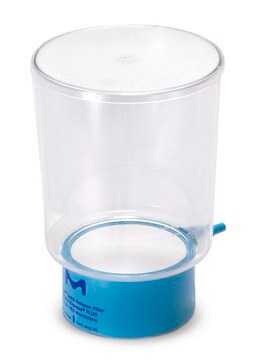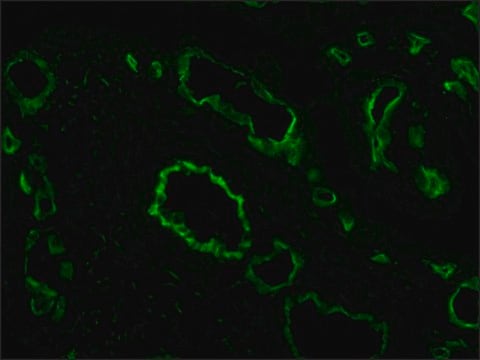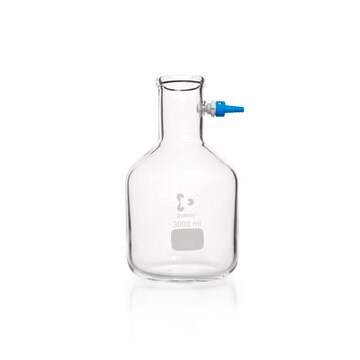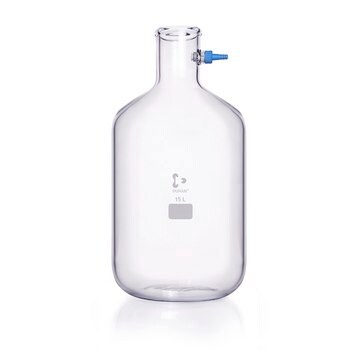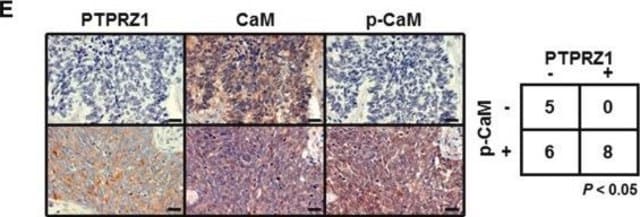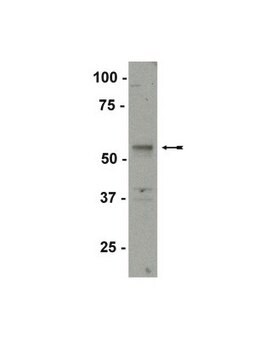MAB5210
Przeciwciało anty-fosfacan, klon 122.2
ascites fluid, clone 122.2, Chemicon®
Synonim(y):
Receptor Tyrosine Phosphatase beta
About This Item
Polecane produkty
pochodzenie biologiczne
mouse
Poziom jakości
forma przeciwciała
ascites fluid
rodzaj przeciwciała
primary antibodies
klon
122.2, monoclonal
reaktywność gatunkowa
rat
producent / nazwa handlowa
Chemicon®
metody
immunocytochemistry: suitable
immunohistochemistry: suitable
western blot: suitable
izotyp
IgM
numer dostępu UniProt
Warunki transportu
dry ice
docelowa modyfikacja potranslacyjna
unmodified
informacje o genach
human ... PTPRZ1(5803)
Opis ogólny
Specyficzność
Zastosowanie
Immunocytochemia: 1:10
Immunohistochemia na tkance utrwalonej 4% paraformaldehydem: 1:1000
Immunoprecypitacja
Optymalne rozcieńczenia robocze muszą być określone przez użytkownika końcowego.
Neuroscience
Growth Cones & Axon Guidance
Postać fizyczna
Przechowywanie i stabilność
Komentarz do analizy
KONTROLA POZYTYWNA:
embrionalny lub wczesny postnatalny mózg szczura.
Informacje prawne
Oświadczenie o zrzeczeniu się odpowiedzialności
Nie możesz znaleźć właściwego produktu?
Wypróbuj nasz Narzędzie selektora produktów.
Kod klasy składowania
10 - Combustible liquids
Klasa zagrożenia wodnego (WGK)
WGK 1
Temperatura zapłonu (°F)
Not applicable
Temperatura zapłonu (°C)
Not applicable
Certyfikaty analizy (CoA)
Poszukaj Certyfikaty analizy (CoA), wpisując numer partii/serii produktów. Numery serii i partii można znaleźć na etykiecie produktu po słowach „seria” lub „partia”.
Masz już ten produkt?
Dokumenty związane z niedawno zakupionymi produktami zostały zamieszczone w Bibliotece dokumentów.
Nasz zespół naukowców ma doświadczenie we wszystkich obszarach badań, w tym w naukach przyrodniczych, materiałoznawstwie, syntezie chemicznej, chromatografii, analityce i wielu innych dziedzinach.
Skontaktuj się z zespołem ds. pomocy technicznej
